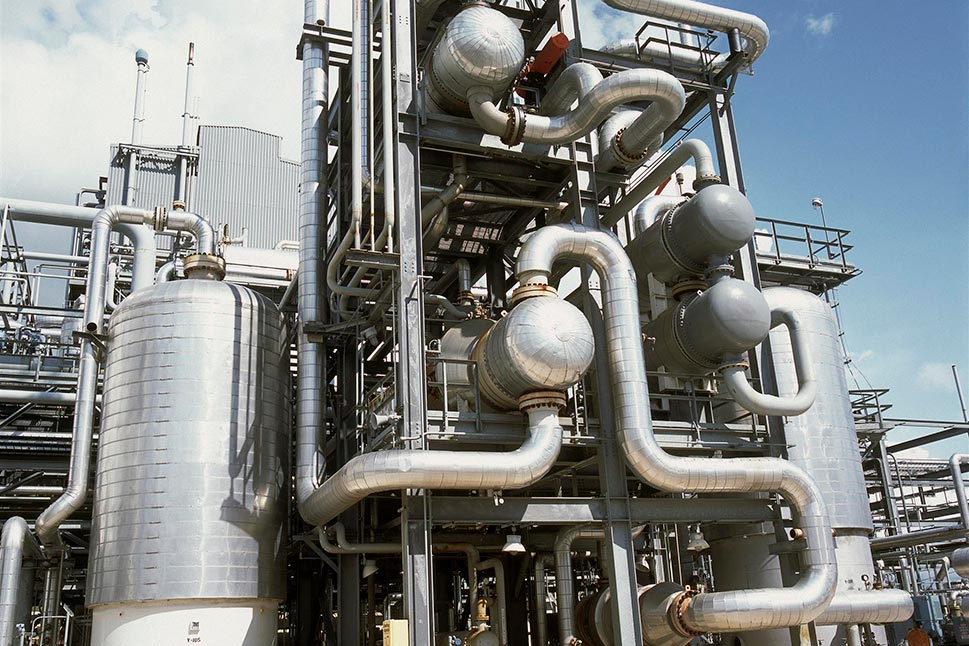
Air Products is a World-Leading Hydrogen Supplier
- Extensive pipeline supply network
- Key enabler in global energy production
- Large dedicated on-site plant development
- Large-scale on-site hydrogen plants
- World's largest producer of outsourced hydrogen to oil refineries
- A leader in hydrogen fueling infrastructure development
- Industry leader in safety
- World-class customer service

Hydrogen for Mobility: Generating a Cleaner Future
Air Products’ higher purpose includes addressing the world’s need for clean energy and materials while reducing environmental impacts. Hydrogen is key to rising to these challenges, and our H2fM Hydrogen for Mobility solutions cover the entire value chain for hydrogen fueling.
Generating a cleaner future involves experience, investment and innovation on a world scale. We have the technology, the track record, the capital and the ambition to be a first-mover in bringing the hydrogen economy to scale.
RELATED NEWS
Interested in hydrogen for your application?
Ask the Expert
Could On-Site Hydrogen Generation Save You Money?
Superior design delivers performance
- Cost-effective hydrogen supply
- High reliability through real-time monitoring through global operating service centers
- Flexibility thanks to compact and modular design
- Fast initial and hot start-up
- High onstream time with process and proven components
- Training and ongoing operations support based on leading experience with hydrogen generation
SmartFuel® Hydrogen Energy
Hydrogen is an attractive alternative to fossil fuels and is used in a wide range of transportation and power generation applications. As the world’s largest supplier of merchant hydrogen and a leader in hydrogen fuel infrastructure, Air Products brings safe, reliable and cost-effective hydrogen to the marketplace.
Find out more about Air Products’ SmartFuel H70/H35 retail hydrogen dispenser which provides the newest generation of hydrogen dispensing to meet consumer expectations of refilling fuel cell vehicles in a safe, fast and reliable manner.
Supply Options
APEX Temporary Emergency Gas Services
Short-term or emergency industrial gas supply for start-ups, peak demand periods, planned or unplanned maintenance activities, and plant or pipeline turnarounds.
Bulk Supply
Delivered by truck and stored on your site either as a liquid in cryogenic tanks or as a gas in high-pressure tubes based on your volume, desired pressure, purity level, flow rate, and operating pattern.
Cylinders & Hard Goods
The traditional solution for low-volume gas supply. Cylinders can be supplied in a full range of sizes, pressures and gas purities for a range of gases and gas mixtures. Search our extensive network of distributors in the U.S. and parts of Canada for your cylinder and hard goods supply needs.
On-site Hydrogen Gas Generation
On-site gas generation helps sustainability-minded customers lower their carbon footprint, boost energy efficiency, increase throughput, enhance end product quality, and improve environmental performance.
Pipeline Supply
Located in major industrial locations around the world, pipelines offer customers with large product demands a range of benefits, including reliable, safe and flexible supply in a cost-effective way.

